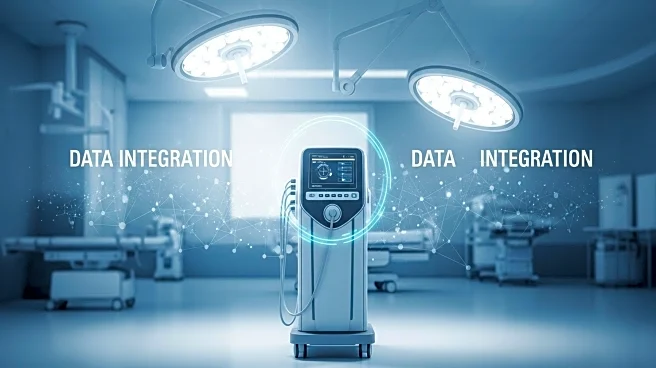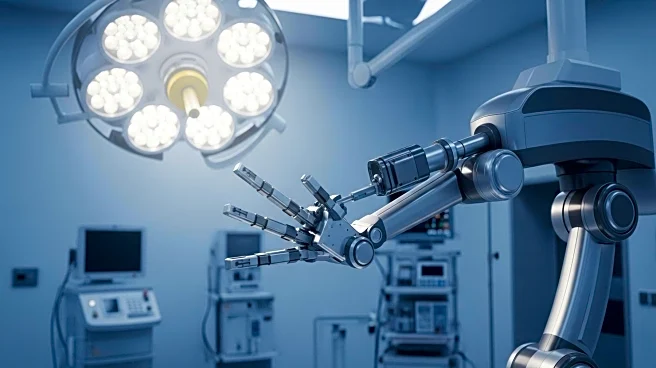What's Happening?
The healthcare sector is grappling with the issue of data silos, which hinder the effective use of vast amounts of data generated within the industry. According to Tim McDonald, Chief Patient Safety and Risk Officer at RLDatix, up to 97% of healthcare data remains unused due to disconnected systems. This lack of integration affects workforce efficiency, economic margins, and patient safety. The article emphasizes the need for connected technology to improve data flow, reduce errors, and enhance patient care. By aligning leadership and fostering collaboration, healthcare organizations can implement technologies that improve safety and care quality.
Why It's Important?
The inability to effectively utilize healthcare data has significant implications for patient safety and the overall efficiency of healthcare systems. By addressing data silos, healthcare providers can make more informed decisions, reduce medical errors, and improve patient outcomes. This shift towards connected technology is crucial for adapting to the increasing demands of modern healthcare and ensuring that patient safety remains a top priority. The successful integration of data systems can lead to cost savings, better resource allocation, and improved patient satisfaction.
What's Next?
Healthcare organizations are encouraged to prioritize the alignment of leadership and collaboration across departments to successfully implement connected technologies. This involves forming multidisciplinary committees and engaging with patients and families to gather feedback and ensure that new technologies meet their needs. As healthcare systems work towards breaking down data silos, they must also address challenges related to data security, cost, and ease of use. The ongoing dialogue between stakeholders will be essential in driving progress and achieving better patient safety outcomes.











